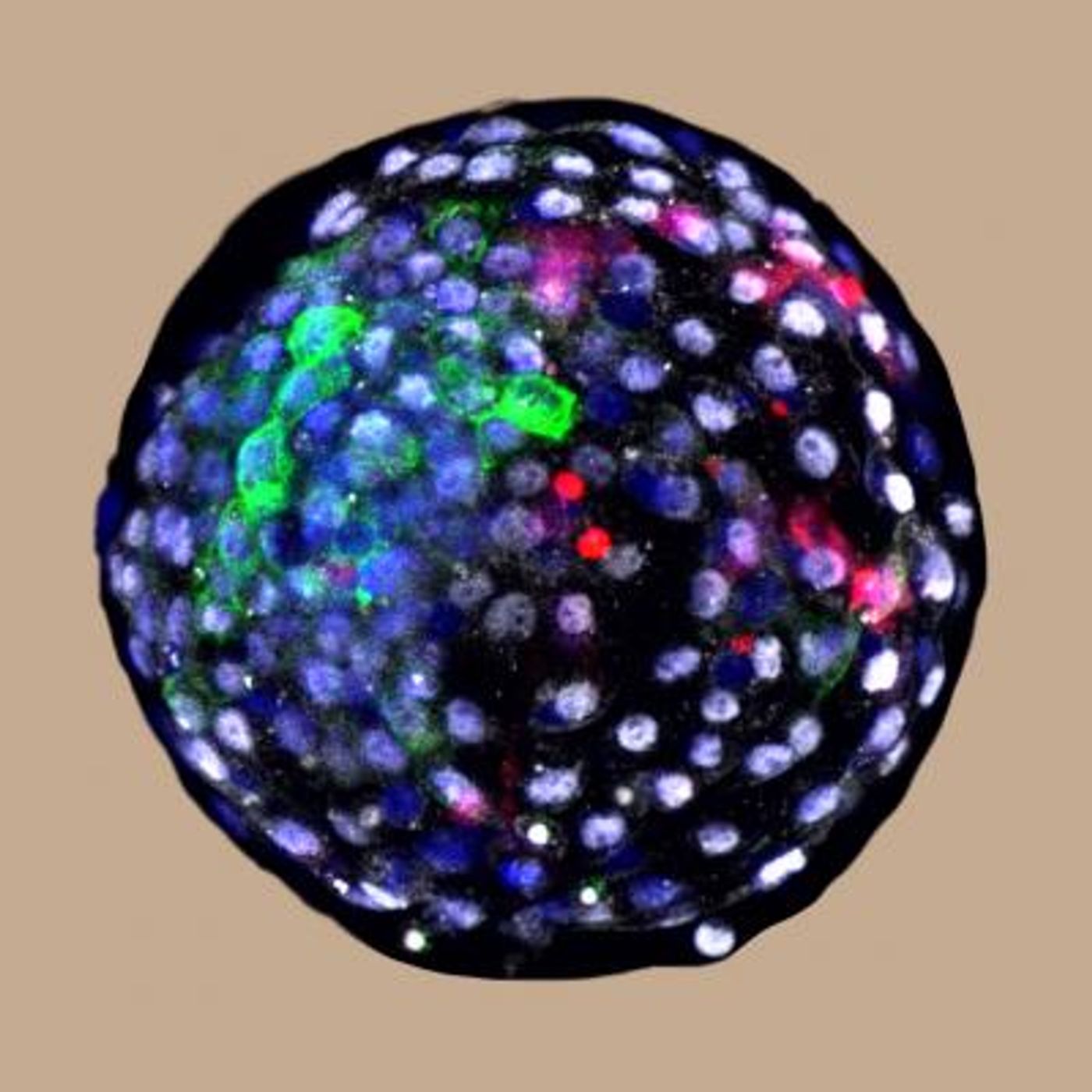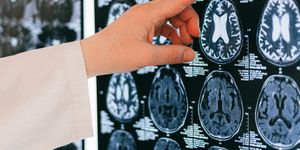Researchers Engineer Human-Monkey Chimera Embryos
Though they consulted bioethicists while completing their work, researchers have raised eyebrows by creating monkey-human chimeric embryos by injecting human stem cells into primate embryos. These chimeras were grown for 20 days; almost all of them died during that time. The scientists are hopeful that this kind of work will tell us more about evolution and developmental biology, and may aid in the development of new research models. The findings have been reported in Cell.
"As we are unable to conduct certain types of experiments in humans, it is essential that we have better models to more accurately study and understand human biology and disease," explained senior study author Juan Carlos Izpisua Belmonte, a professor in the Gene Expression Laboratory at the Salk Institute for Biological Sciences. "An important goal of experimental biology is the development of model systems that allow for the study of human diseases under in vivo conditions."
This is hardly the first example of a chimeric mammal (see video below); researchers have been engineering interspecies mammalian chimeras since the 1970s as they studied the mechanisms of development. But last year, a team of scientists led by Weizhi Ji at the Kunming University of Science and Technology in Yunnan, China figured out how to grow monkey embryos outside of a body for extended periods.
In this work, the researchers injected 25 human induced pluripotent stem cells into six-day-old monkey embryos. Induced pluripotent stem cells (iPSCs) are genetically reprogrammed adult cells that revert to a stem cell identity that is crucial in development. This study used a type of iPSC called extended pluripotent stem cells that can produce both embryonic and extra-embryonic tissues.
The researchers were able to detect human cells in 132 embryos after one day, and after ten days, 103 of those chimeras were still continuing to develop. Survival began to decline after that, which his not surprising because interspecies animals don't usually succeed. By day 19, there were only three embryos still alive. However, human cells were still identifiable throughout the time those embryos grew. The researchers want to know more about whether biological mechanisms will stop those embryos from continuing to live, but they are also curious about surmounting those barriers, raising more ethical questions, in my opinion.
"Historically, the generation of human-animal chimeras has suffered from low efficiency and integration of human cells into the host species," explained Izpisua Belmonte. "Generation of a chimera between human and non-human primate, a species more closely related to humans along the evolutionary timeline than all previously used species, will allow us to gain better insight into whether there are evolutionarily imposed barriers to chimera generation and if there are any means by which we can overcome them."
The researchers assessed which genes were being expressed in both the human and monkey cells using transcriptome analysis.
"From these analyses, several communication pathways that were either novel or strengthened in the chimeric cells were identified," said Izpisua Belmonte. "Understanding which pathways are involved in chimeric cell communication will allow us to possibly enhance this communication and increase the efficiency of chimerism in a host species that's more evolutionarily distant to humans."
Now the investigators will be learning more about the biochemical pathways used by the cells in chimeras like these. They also want to eventually use the chimeras as research models for disease, drug screening, and potentially in transplant studies.
Izpisua Belmonte noted in a commentary that "it is our responsibility as scientists to conduct our research thoughtfully, following all the ethical, legal, and social guidelines in place." He added that prior to starting this research, "ethical consultations and reviews were performed both at the institutional level and via outreach to non-affiliated bioethicists. This thorough and detailed process helped guide our experiments."
It may also be time for administrators and scientists to come together to review the existing regulatory framework and update it if necessary.
Sources: Phys.org via Cell Press, Cell









